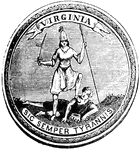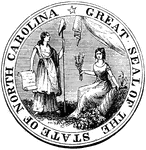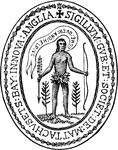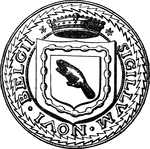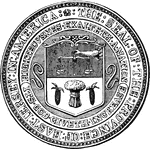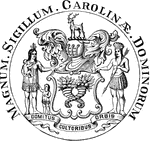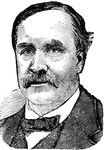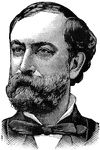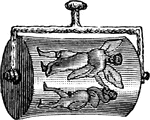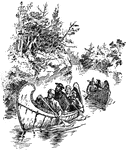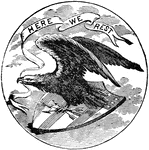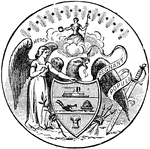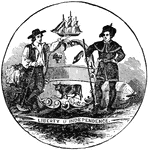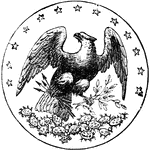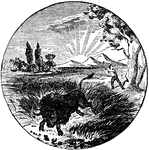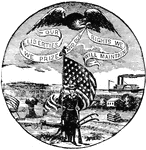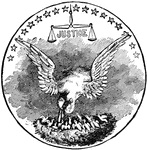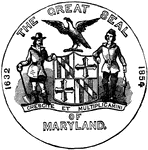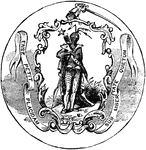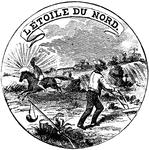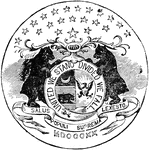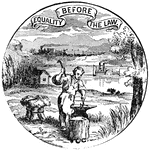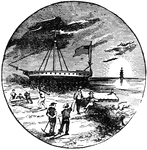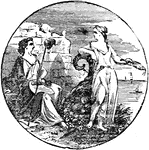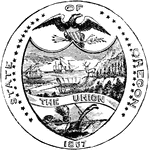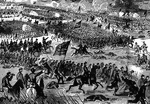
Battle of Champion Hills
"Battle of Champion Hills, May 16th, 1863- the formidable position of General Pemberton carried by Generals…

Battle of Champion Hills
"Battle of Champion Hills, May 16th, 1863- the formidable position of General Pemberton carried by Generals…
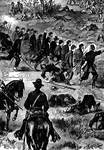
Battle of Champion Hills
"Battle of Champion Hills, May 16th, 1863- the formidable position of General Pemberton carried by Generals…

William Tryon Seal
"Seal and signature of Tryon. William Tryon was a native of Ireland, and was educated to the profession…
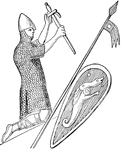
William the Conqueror
"William the Conqueror (1066-1087), as represented on his seal. Although William really ruled 'as king…
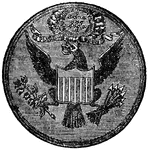
Eagle on Seal of United States
"The Eagle is a gold coin of the United States, value $10; half-eagle, $5; quarter-eagle, $2.50, double…

Gopher
"Gopher is a name given by the early French settlers in the United States to various animals which honeycomb…

Hooded Seal
"The Seal, of the family Phocidæ, or seal tribe, are, of all four-limbed mammiferous animals,…
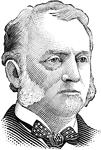
Lucius Fairchild
Governor of Wisconsin, U.S. Minister to Spain, and secretary of state of Wisconsin.

Pear Design
"Also known as the cone, the palm leaf, the river loop, the crown jewel, the seal, the almond, the feather,…
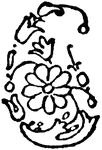
Pear Design
"Also known as the cone, the palm leaf, the river loop, the crown jewel, the seal, the almond, the feather,…

Pear Design
"Also known as the cone, the palm leaf, the river loop, the crown jewel, the seal, the almond, the feather,…

Pear Design
"Also known as the cone, the palm leaf, the river loop, the crown jewel, the seal, the almond, the feather,…
Pear Design
"Also known as the cone, the palm leaf, the river loop, the crown jewel, the seal, the almond, the feather,…
Pear Design
"Also known as the cone, the palm leaf, the river loop, the crown jewel, the seal, the almond, the feather,…
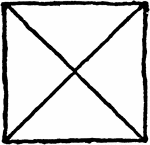
Solomon's Seal
Built on the right angle triangle and, like the Signet of David, it is found in many of the Turkish…

Seal
The general name of certain genera of carnivorous mammals, havin feet adapted for swimming, and being…
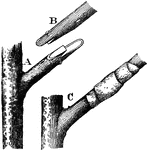
Tongue Grafting
To graft two plants together using the tongue or whip grafting approach, you must first make a sloping…
